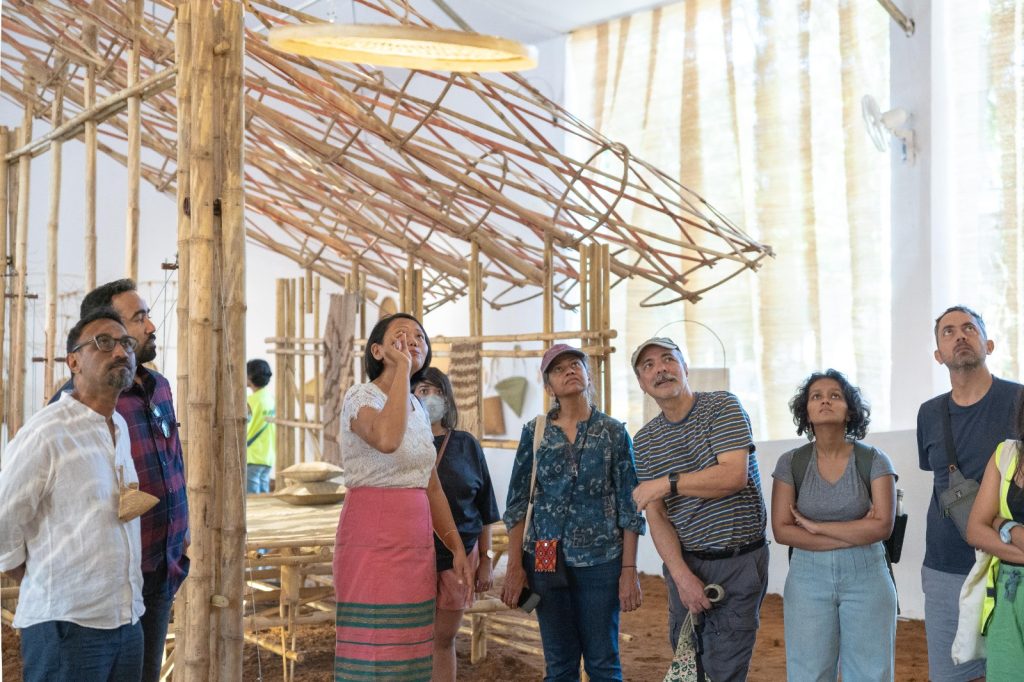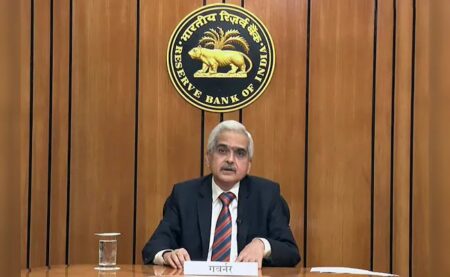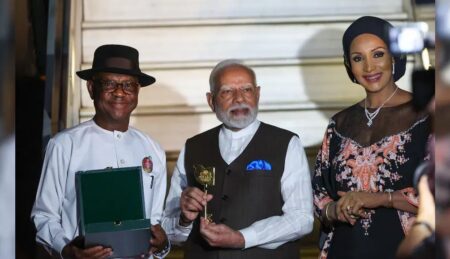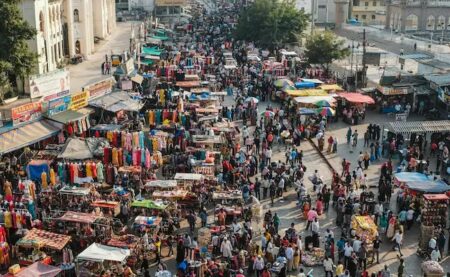 ~ Adhering to the National Bamboo Mission (2018), policies introduced by the Government of Goa can aid the fading bamboo industry and raise the profile of the local community that engages in bamboo handicrafts.
~ Adhering to the National Bamboo Mission (2018), policies introduced by the Government of Goa can aid the fading bamboo industry and raise the profile of the local community that engages in bamboo handicrafts.
~ Bamboo’s high durability and inherent sustainability render it an advantageous and eco-friendly construction material that can be utilised in tandem with synthetic materials, boosting the structure’s overall integrity.
Goemkarponn desk
Panaji: Bamboo can be utilised in tandem with synthetic materials like plastic, steel or cement for reinforcement purposes as a sustainable solution for construction and the switch can help revive Goa’s bamboo industry, in alignment with India’s National Bamboo Mission, according to Sandeep Sangaru, a multi-disciplinary designer and educator.
Sangaru, the curator of the Craft discipline at the ongoing sixth physical edition of the Serendipity Arts Festival 2023, gave visitors a guided walkthrough through the exhibit ‘Bamboo: A Way of Life – Curated Walkthrough’, as he explained the various advantages of the multifaceted bamboo plant.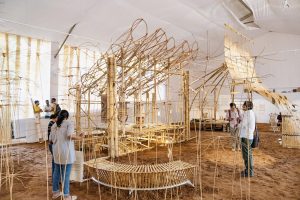
“Bamboo is an incredibly sustainable and environmentally friendly grass. A healthy bamboo grove releases 35 per cent more oxygen into the air than a similarly-sized grove of trees. It is a great carbon sink (it absorbs more carbon dioxide from the atmosphere than it releases) and holds moisture in the soil. Its rhizome system is a shallow root system that holds the topsoil and prevents erosion,” Sangaru said.
India is home to 136 species of bamboo, each used for different purposes, with Goa being home to five or six species. In Goa, one of the major crafts industries is bamboo craft, used to make winnowers, baskets, fishing rods, mats and much more, mostly sourced from the Mahar community. However, this community has been subject to several unfair stereotypes and there is a social stigma attached to the community. Hence, reviving the bamboo industry by making it a mainstream product will benefit this community and Goa’s handicrafts industry.
“Policies by the local government can be introduced to aid the bamboo industry in Goa and pan-India,” said Sangaru.
Sangaru stated that bamboo’s strength and durability make it a great partner to steel and plastic, which can be effectively utilised through appropriate conceptualisation.
“While conceptualising the construction and design of a product, we need to balance natural materials like bamboo with synthetic materials like steel or plastic for the seamless functioning of their respective strengths and put it together appropriately,” he said.
Sangaru also stated that bamboo’s speedy growth cycle (sometimes a metre in only 24 hours) makes it a viable option for harvesting. “A controlled farming environment would allow for the growth of a uniform material of higher quality, rather than harvesting bamboo in the wild, where there is no uniformity in growing conditions,” said Sangaru.
According to Sangaru, bamboo can also be a commercially sustainable agro-business. As bamboo has a special lifecycle, where the entire crop perishes upon flowering once, its fast growth will not lead to its turning into an invasive species. “The great demand for bamboo for a variety of uses will also curb its spread,” he said.
The benefits of bamboo also aid Goa’s rich artistic tapestry. Dr Subodh Kerkar, renowned artist and founding director of the Museum of Goa in Pilerne, utilises an amalgam of synthetic and natural materials in his artwork.
“Bamboo is a very strong material. Bamboo is a material that can take a lot of weight, can be used in construction and can also produce great music. Bamboo is also a great green alternative to timber pulp and can be used to make handmade paper,” said Kerkar.
Kerkar has plans to utilise bamboo for an upcoming project, demonstrating its versatility.
“I’m creating a forest culture walk, in which I will be creating rooms with walls of live bamboo. It will be an area of about 50 sq. metres or 100 sq. metres,” said Kerkar.


